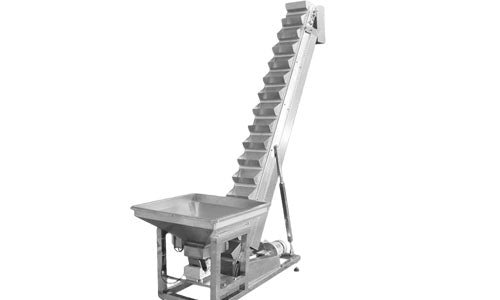
The Benefit for Bucket Elevator
Share
1. Versatile. They can transport a wide variety of materials including granules, powders, flakes, chips, and lumps. They are suitable for most dry, free-flowing materials with a variety of particle sizes.2. Space-efficient. Bucket elevators require a small footprint for their capacity since they transport materials vertically. They are good for operations with limited floor space. Vertical transport also minimizes the use of horizontal conveyors and saves space.3. Continuous operation. Bucket elevators can transport materials continuously over long distances at a steady rate. They do not have the cycle stoppages of some conveyor types. This allows high throughput and productivity.4. Low maintenance. Bucket elevators have few moving parts so they do not require extensive maintenance. Wear and tear is minimal over years of operation. Lubrication and regular inspections are the main needs.5. Rugged design. Bucket elevators are built with durable components that can withstand heavy-duty operation. They are suitable for high tonnage loads, large particle materials, high temperatures, and other demanding conditions depending on their construction.6. Scaleable. Bucket elevators come in a wide range of sizes and capacities, from mini models up to very large heavy-duty industrial elevators. They can be designed to suit the specific capacity needs of an application.7. Low cost. Bucket elevators have a simple yet efficient design, so they tend to be affordable relative to their capacity and lifespan. Installation and operating costs are also typically lower than most other conveyor types.8. Reduces material damage. Their enclosed design helps prevent airborne dust and the loss of fine or small particles during transport. Free-falling is eliminated, so damage to friable materials is minimized.9. Flexible layout. Bucket elevators allow flexible layouts since they can turn corners and bend to suit existing structures or layouts. Headroom is the main limitation.Bucket elevators provide an economical and space-efficient solution for vertical transport of bulk materials in industrial operations. Their versatility, continuous operation, and low maintenance make them a popular choice for handling loose, dry materials.

